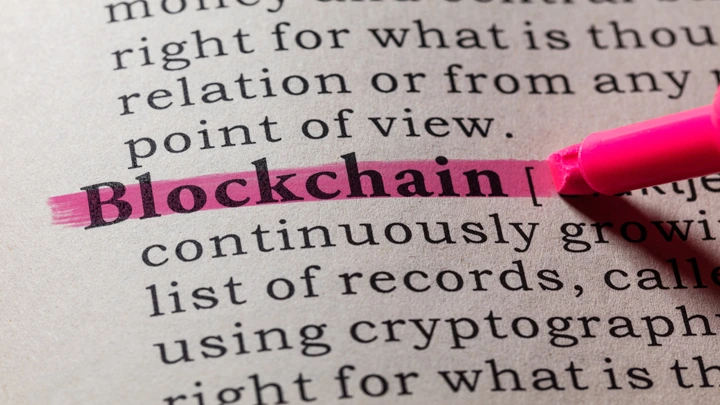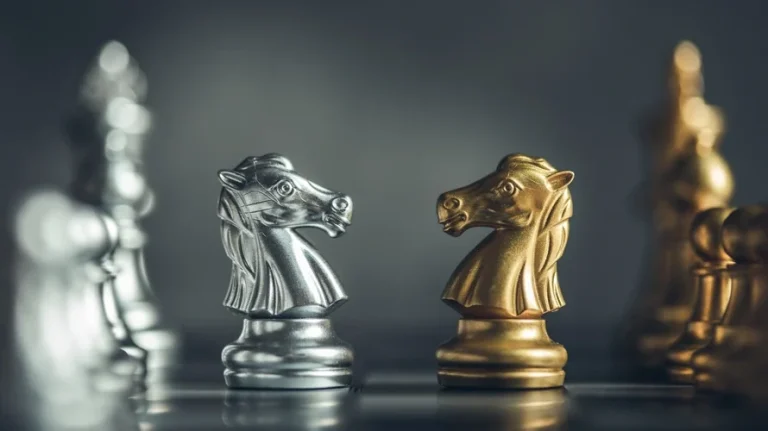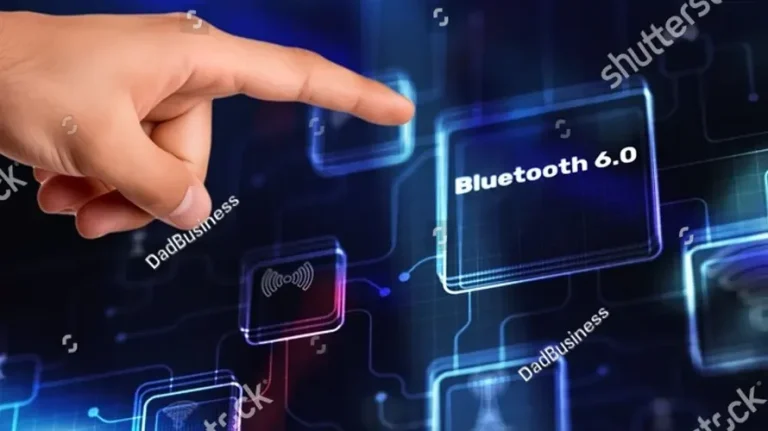
Blockchain technology is here to stay and is evolving at a breakneck pace. The reason for this is primarily due to the fundamental features and functions of blockchain itself:
A blockchain is a decentralized database used to record transactions across computers that are linked in a peer-to-peer network. Along with the fact that blockchain data is well encrypted, the decentralized nature of blockchain makes it highly resilient against hacking and data failure compared to traditional, centralized recordkeeping.
Therefore, blockchain is used to store highly valuable data and transaction records, including but not limited to accounting data, inventory data, and it is also used to store and track transactions of cryptocurrencies. With the value of Bitcoins at the time of writing being traded at nearly RM 150,000 per coin, it is not difficult to fathom why tremendous efforts are being undertaken to constantly enhance the security and ensure the authenticity of each Bitcoin transaction and the accompanying records being stored in the relevant blockchain.
Due to the nature of construction of a blockchain however, with each recorded transaction, a blockchain will grow in size. Over time, a blockchain database will become sufficiently large enough that it will slow down even the most powerful network of connected computers. As such, there is a constant need for improvements on the quality of blockchain encryption along with improvements on the speed of which encryption of data can be carried out on blockchain.
The USPTO is receiving and granting a large number of blockchain related patents each year. As of the end of 2022, there are nearly 30,000 patent applications and over 10,000 patents for blockchain-based inventions in the US alone.
In many ways, patents on blockchain inventions are similar to patents on other types of software and computer-related inventions. Aside from being novel and inventive, a blockchain invention needs to be eligible for patent protection in the same way as any computer-related inventions, which is by having a “technical effect”. If the invention relates to data gathering, data analysis, and the display of results, it will be difficult to convince the patent examiner that the invention possesses a technical effect by simply claiming that the data is stored on the blockchain. Therefore, blockchain patent applications should always be drafted and claimed in a manner similar to software patent applications. Technological improvements such as enhancements on encryption speed, encryption quality etc. must be emphasized, and any resulting improvements to non-eligible subject matters such as business processes should always be presented as a consequence of the technical effect.
Many blockchain inventions that have been awarded a patent to-date relate to how the blockchain functions, and how external systems (including other blockchain) interact with the data on the blockchain.
For example, Microsoft’s US Patent No. 10,938,548 relates to a blockchain “event interface system” that covers the communication of events on one blockchain with objects, such as smart contracts, residing on another blockchain. Microsoft was also awarded a US patent (US Patent No. 11,102,003) for a software which helps users develop blockchain applications by making it easier and more efficient to create crypto tokens for different distributed ledgers. Square Network owns US Patent 10,108,938, which covers the interaction between an off-the-blockchain payment system (such as Square’s own payment system) and cryptocurrencies controlled by a purchaser on the blockchain.
Potential applicants of blockchain-based patent applications should always first-and-foremost review the product they have at hand, to ensure that the subject matter they are seeking protection for contributes to the technical advancement of existing blockchain technologies. Care should be taken to ensure that the intended subject matter of the application is not merely an abstract idea or in fact a business method wrapped around existing blockchain technologies, as such subject matters are excluded from patent protection. Patent examiners specializing in blockchain technologies are very well trained at picking apart blockchain-based patent applications, quickly separating ineligible subject matters from those that could potentially be awarded a patent. Of course, the very experienced patent agents of Henry Goh will quicky identify these issues early on and advise the potential applicants immediately well before the patent specification is even drafted.
Potential patent owners should also take note that due to the decentralized nature of blockchain, potential infringers may not be so easy to identify, especially if the claims toward the blockchain product are granted with a wide scope. Also, as patent protection is territorial and given the fact that blockchain encryption and processing can be easily carried out anywhere in the world, potential patent owners should always consider extending their protection well beyond Malaysia, to ensure their interests are protected and that they are rightfully compensated for the use of their patented blockchain products.



